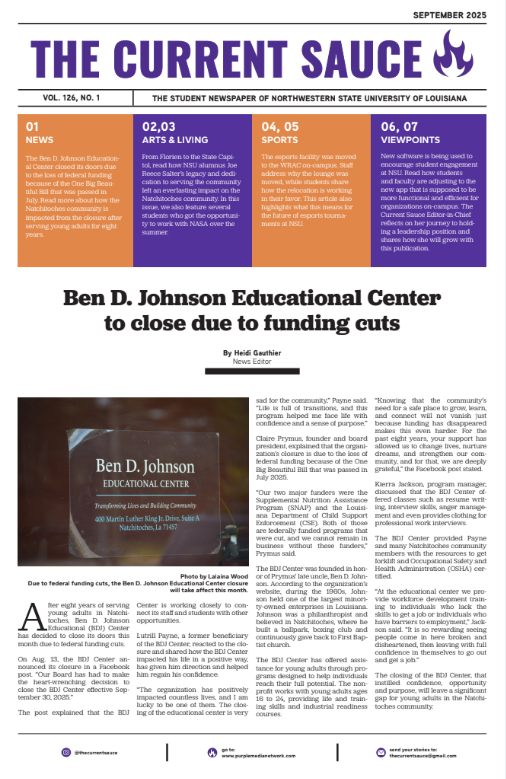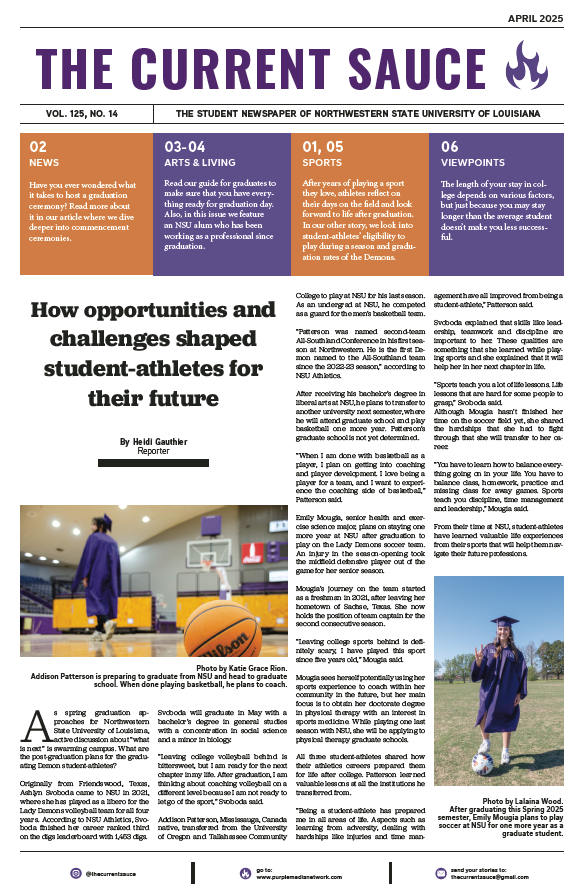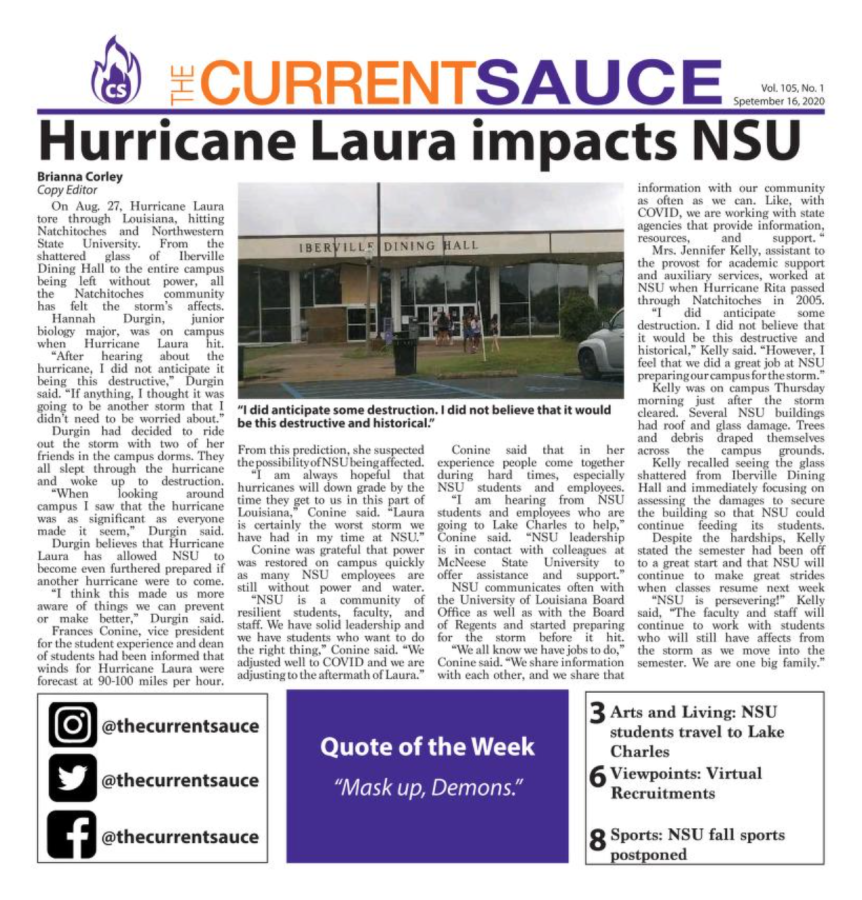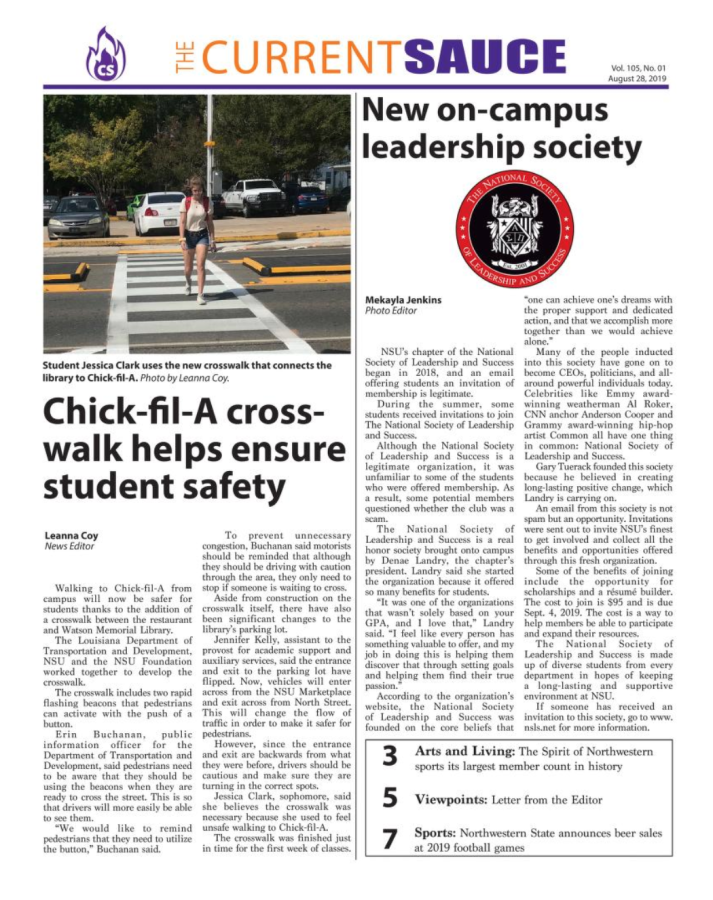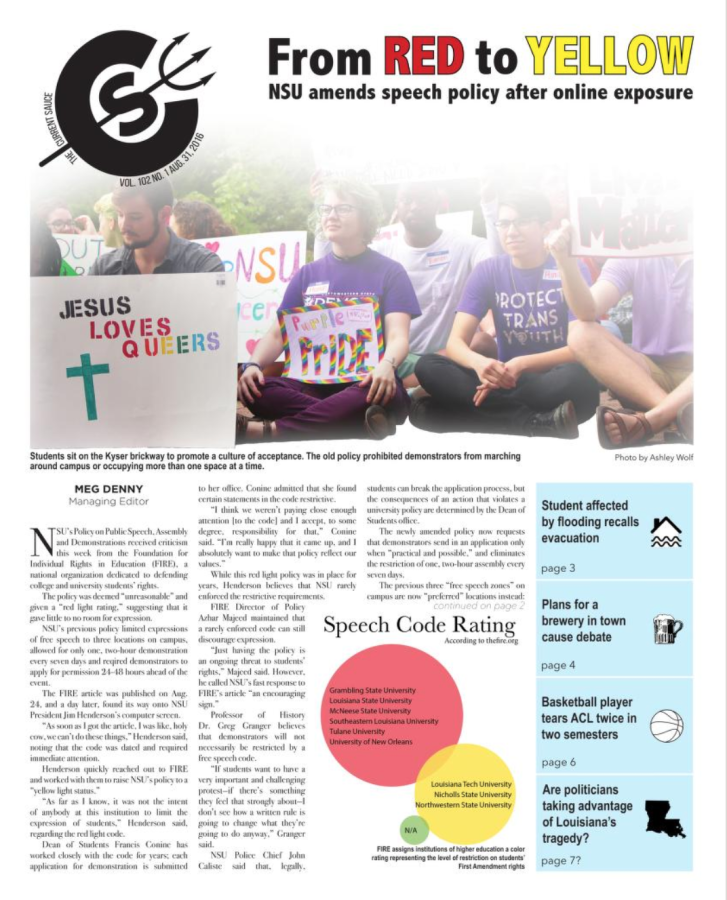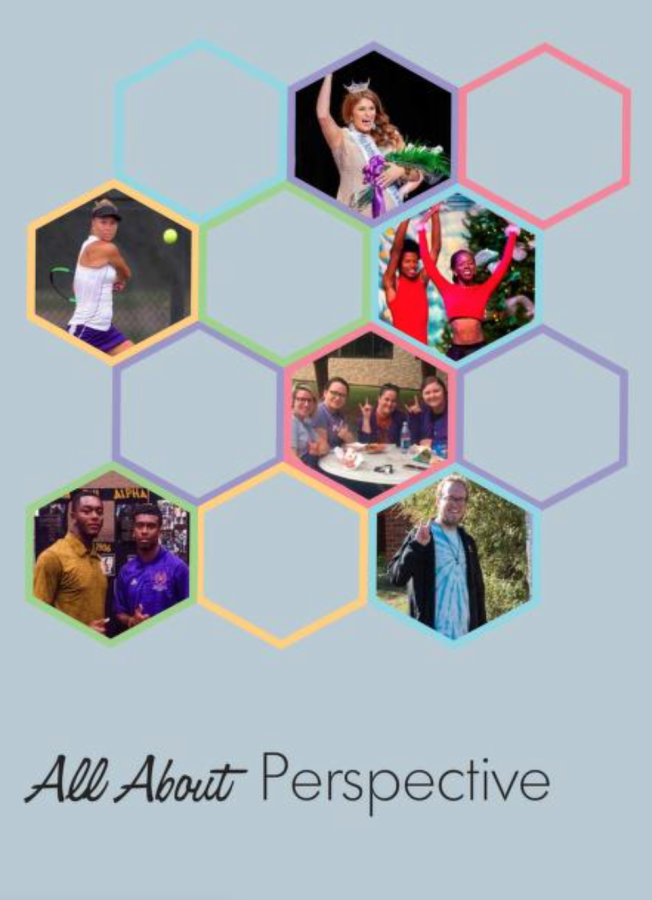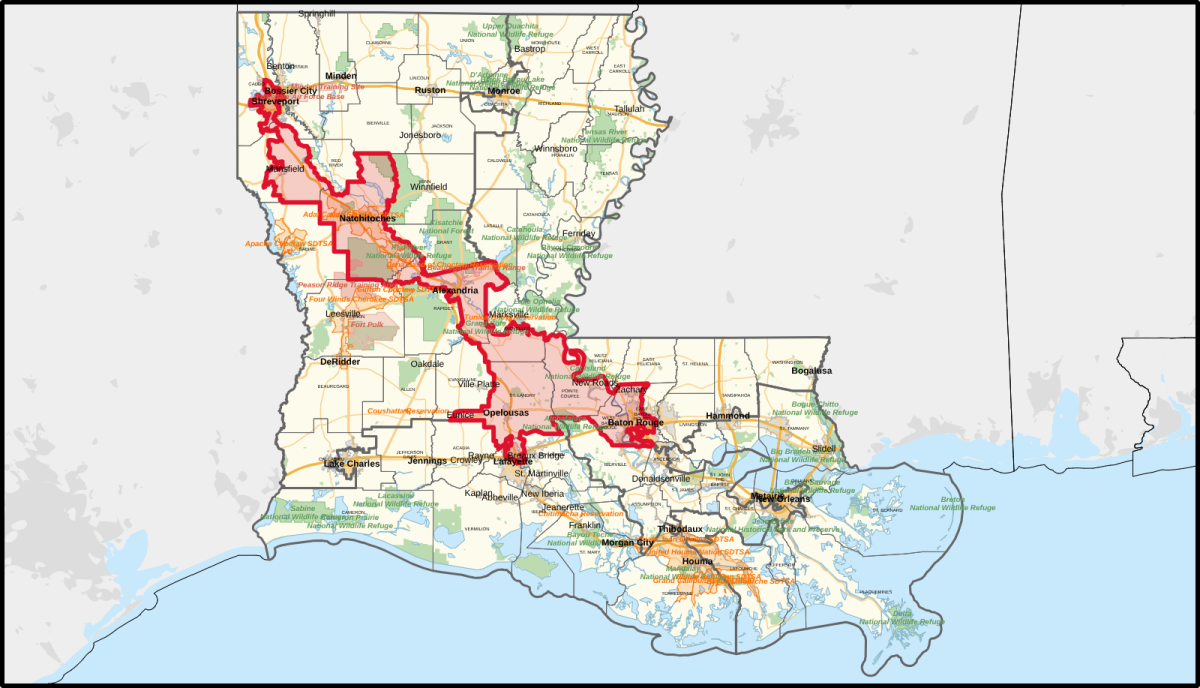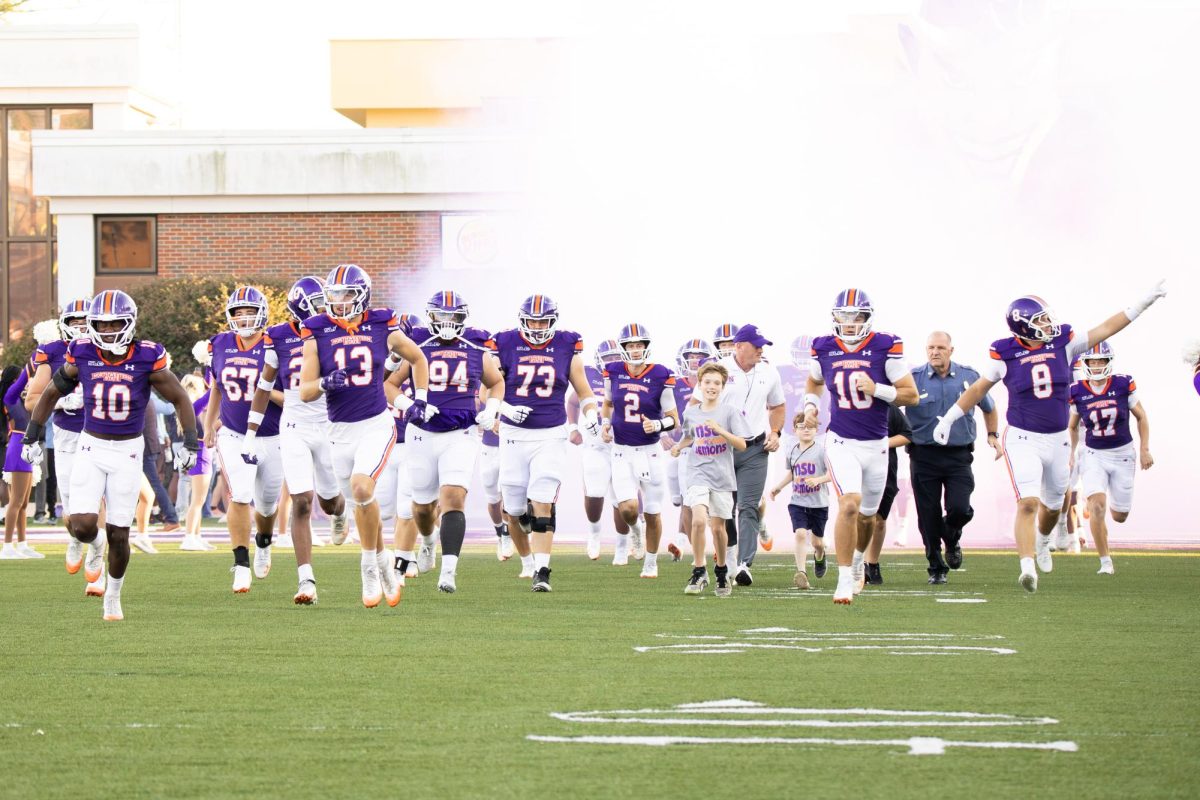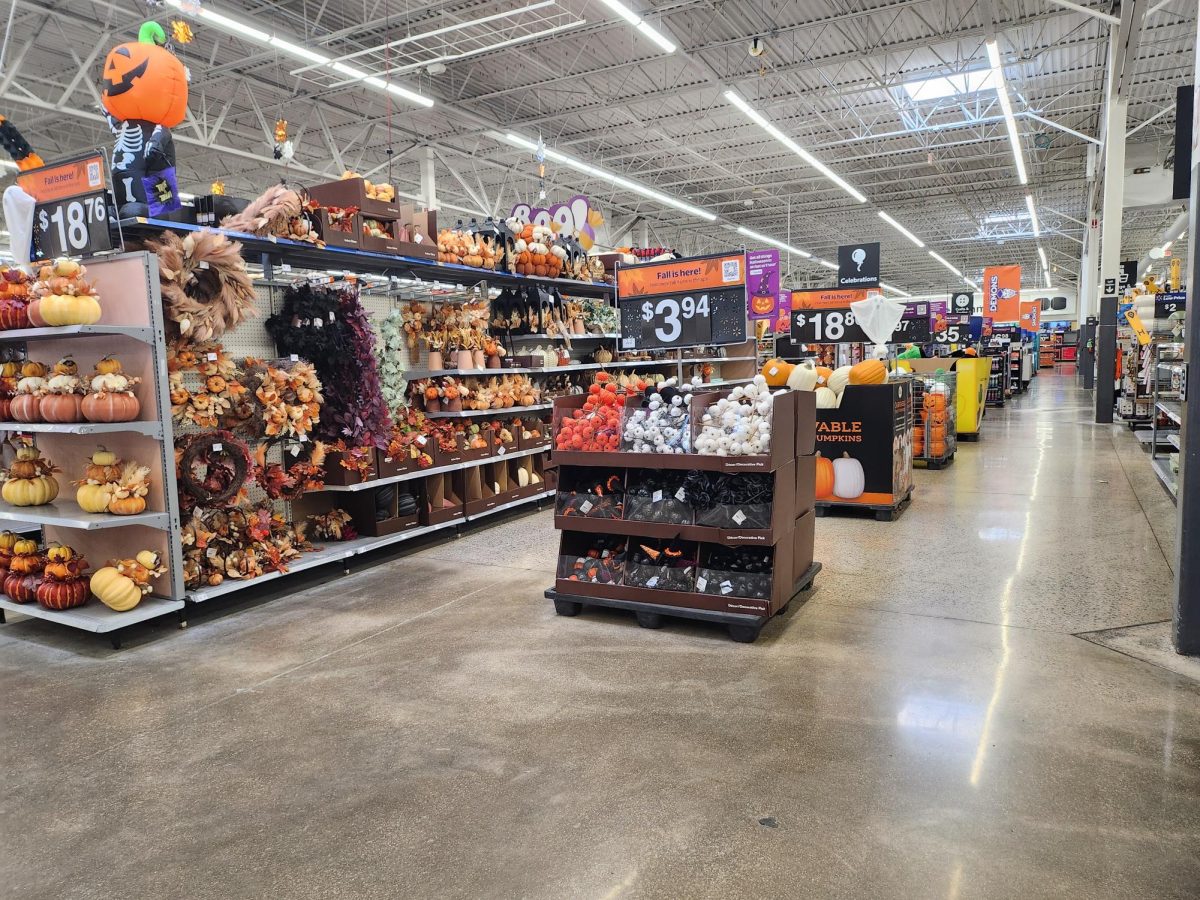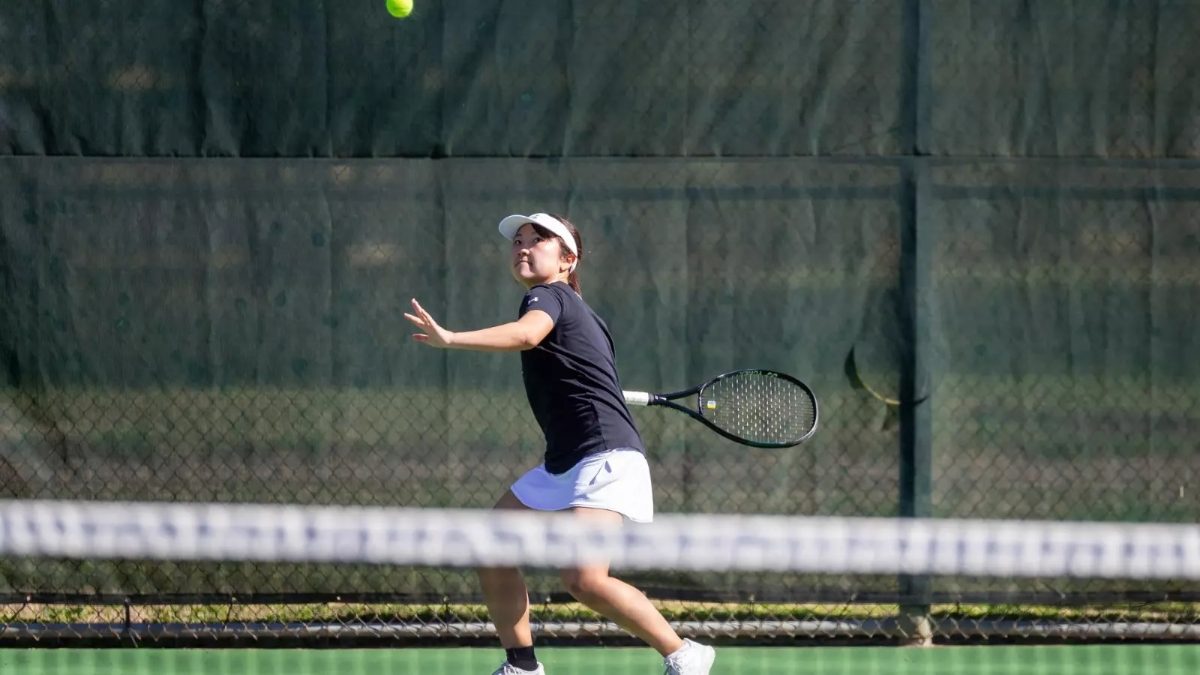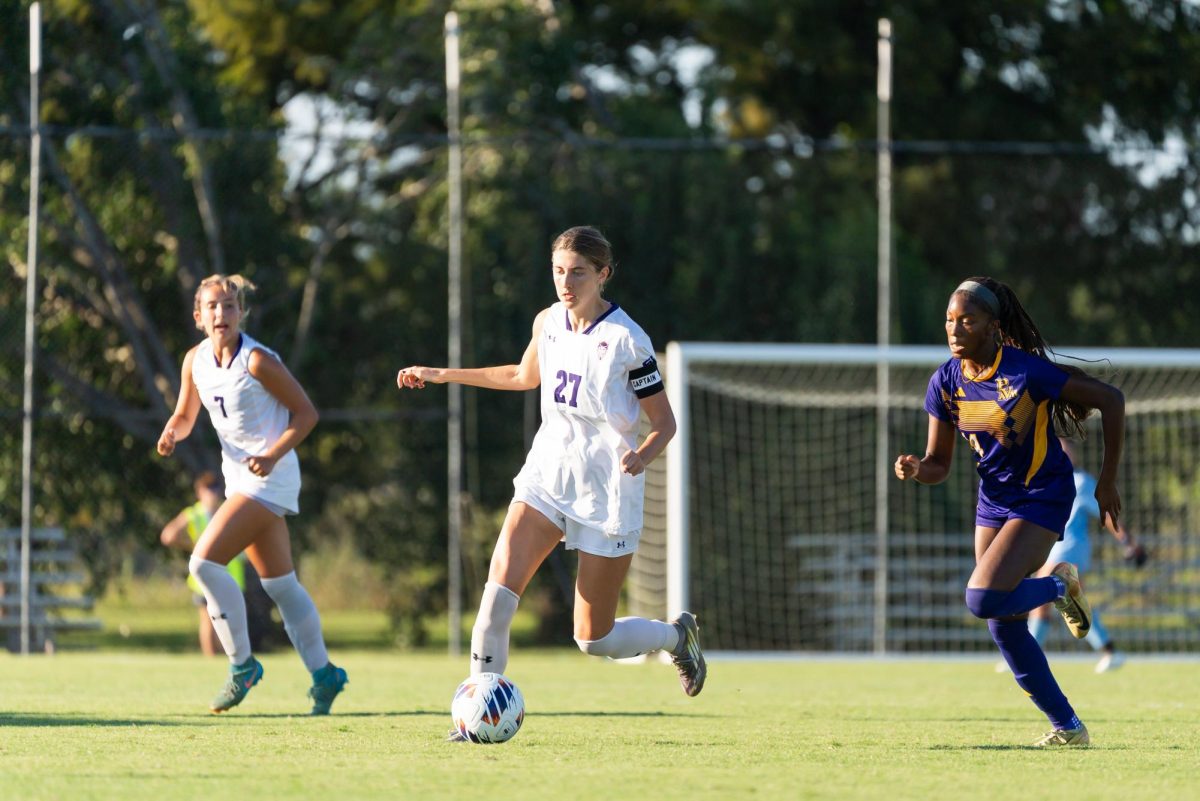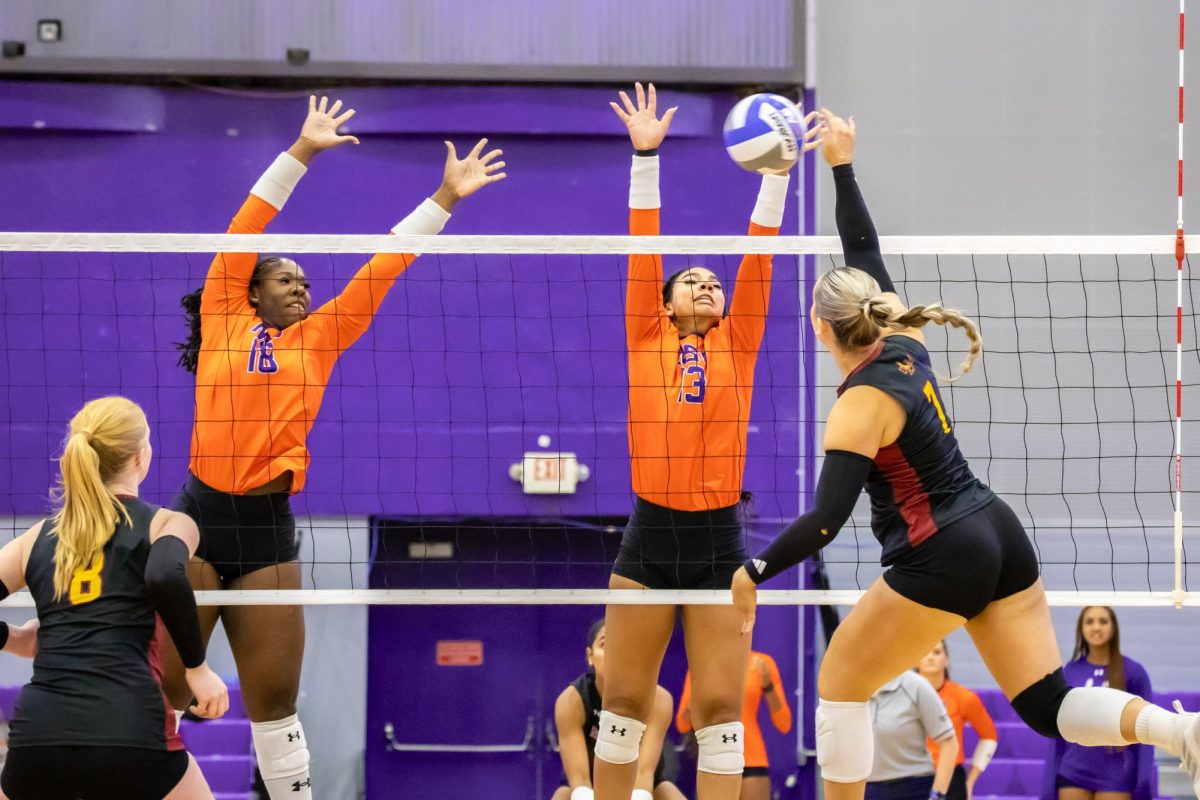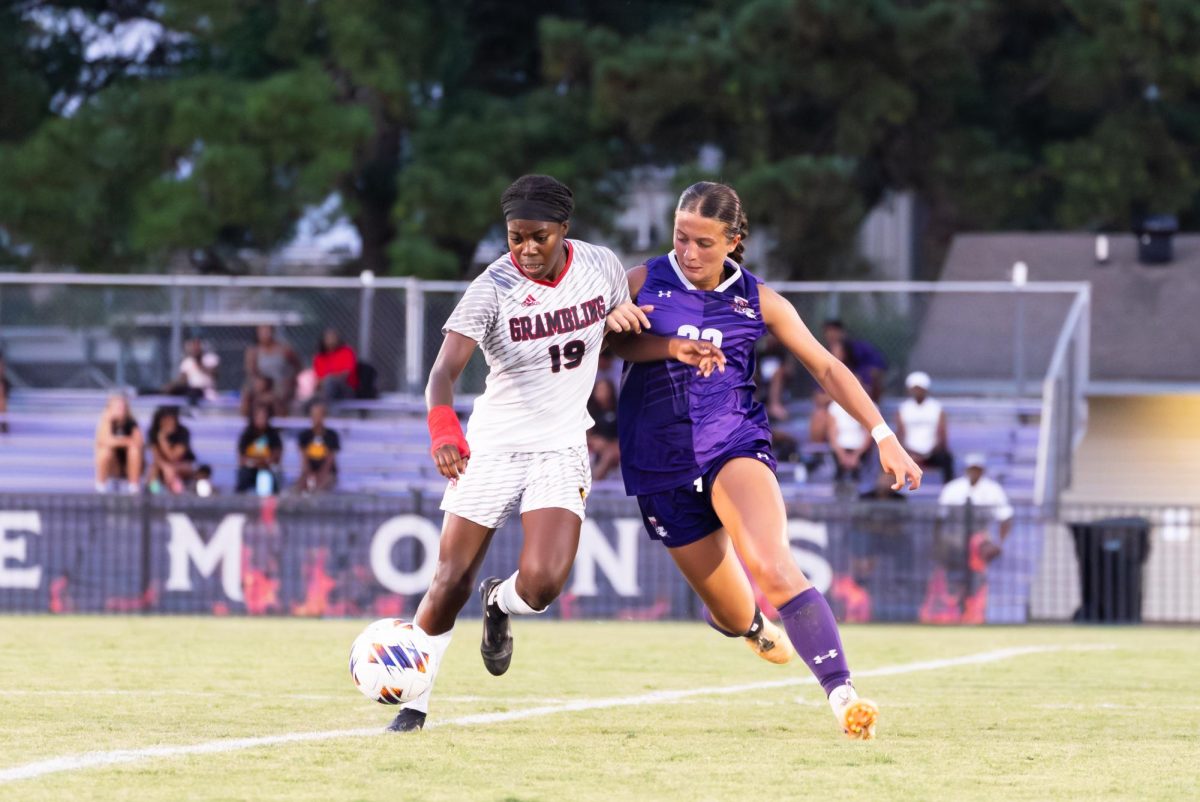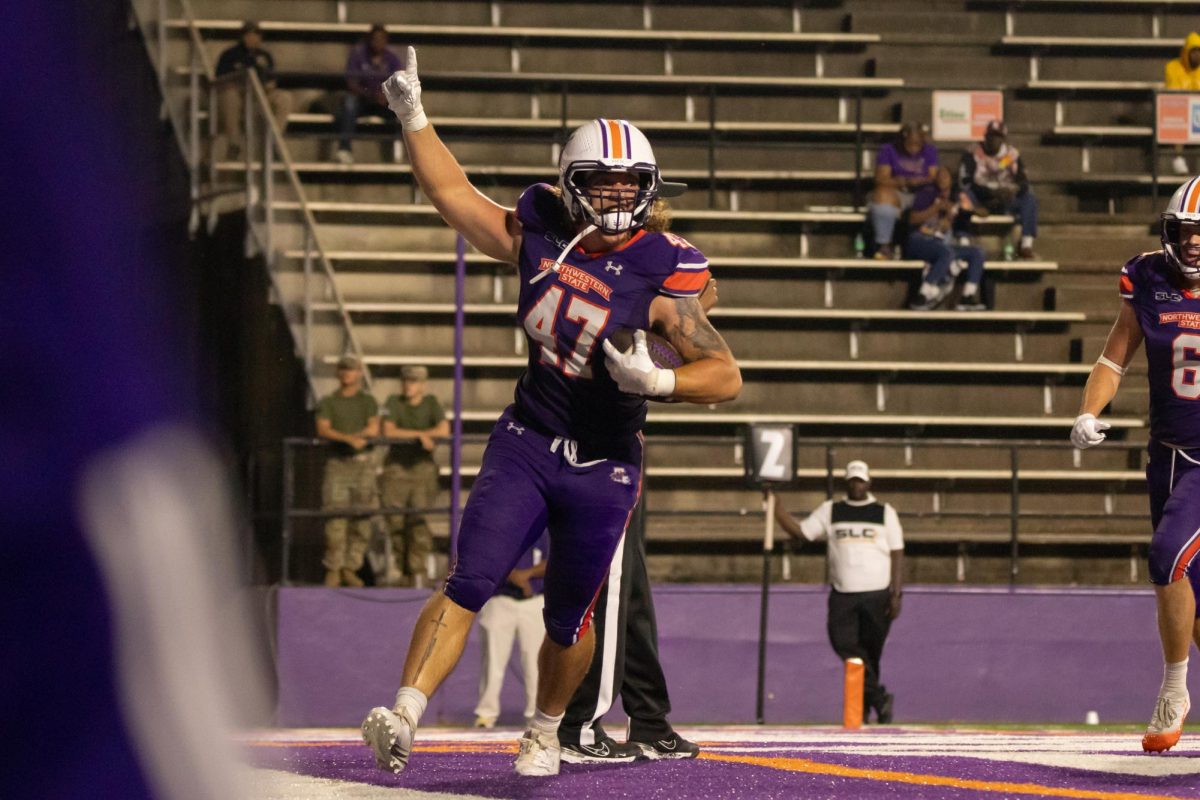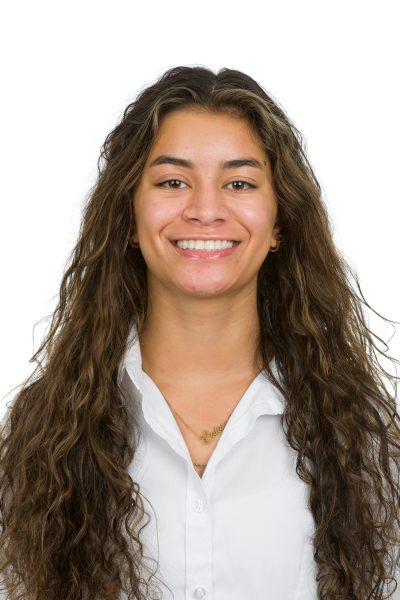Entering the world of college sports is a high-stakes transition for many student-athletes. For those navigating this transition, the expectations are even higher when there is potential for student-athletes to be offered to play at the highest level of competition.
The National College Athletic Association (NCAA) separates universities around the nation into different divisions that have their own set of rules, resources and talent.
According to the Next College Student Athlete (NCSA), the NCAA has three division levels: Division 1 (D1), Division 2 (D2) and Division 3 (D3). There are 352 D1 schools, 313 D2 schools and 434 D3 schools across the country.
Student-athletes at Northwestern State University of Louisiana compete in D1. “Division 1 is the highest level of college sports competition in the United States and includes many of the largest and most well-known universities and athletic programs,” the NCSA article states.
D1 schools have the largest athletic budget and provide more scholarships compared to other divisions. Some of the best student-athletes strive for D1 colleges, but there are many challenges and opportunities that come with living the D1 life.
In fact, Preston Hickey, redshirt junior general studies major, shared his experience first hand only knowing the transition to D1 life right out of high school.
“When you reach college football, everyone is a good player and everyone is big and strong. Something that I felt that helped my transition was my work ethic,” Hickey said.
His work ethic helped him stand out from other new recruits in the division. Hickey shared that he started working out with his dad at 4:15 a.m. in middle school. This dedication gave him the opportunity to stand out from other players in the weight room and on and off the field.
Hickey has always been a motivated person, whether in or out of season. “It does not vary. It is a constant application of my motivation, which is being the best every day,” he said.
Hickey would say that competing at the highest level is an advantage. He explained that NSU offers various resources for student-athletes and has the best coaches to help them achieve success.
“Coach Smelser, our strength coach, trains the players on the team to have the best physical edge we need to play at the high level,” Hickey said.
Although he isn’t aware of any differences from other divisions in football, he is blessed and happy to be at NSU. Hickey explained that the relationships he has developed with coaches, players and the community has stood out to him. “My favorite part about playing in Division I football is the simple answer of ‘I love playing football and at the Division I level it’s the highest level of competition,’” he said.
Paige Baumgartner, junior business administration major and forward for the Lady Demons soccer team, experienced transferring from a D1 college to junior college to playing D1 again at NSU.
Baumgartner believes that D1 athletes have more of an advantage because of the resources that are provided. However, the competitive environment stands out to her on the field compared to her time at a junior college.
“The level is more competitive and higher, which makes me more competitive,” she said. “But at the end of the day, I’m here to win a championship.”
The adjustment to D1 life was a familiar challenge to Baumgartner, but she believes organization helps athletes navigate their time on and off the field at the new level.
“It’s a change of pace. Just manage your time and learn how to use your time wisely. The biggest struggle for me was going from high school to D1 at first and then from D1 to Juco,” Baumgartner said.
Much like Baumgartner, Brynn Daniel, freshman communication major, also had a change of pace when leaving her D2 school before transferring to NSU to be a softball utility player.
“I was committed to Pitt State with the Fullers and then they came here and I mean the competition is definitely harder and more intense,” Daniel said. “The pitching is faster, there’s more spinning, everyone is better and quicker.”
Daniel would argue that some D2 teams should be in D1. Being from Oklahoma, there are only three D1 schools that have softball programs, and fewer opportunities for recruiting.
“Then coming down here, there’s like 12 or 15 D1 schools just in Louisiana and in Texas there are so many too,” she said. “It just depends on where you are, where you’re being recruited.”
Getting to play at the highest level of competition has been a nostalgic experience for Daniel. She grew up watching big schools like Mississippi State University and Baylor University. Now, she will get to go head-to-head with these big schools next season.
“I’m obviously proud to be able to say that I play D1 softball, that’s pretty cool. It’s just a really fun experience,” she said.
Daniel added that becoming a Lady Demon allows her family to watch her play through ESPN+, which is an opportunity that is not offered to D2 athletes.
Although the challenges are apparent in D1 life, the opportunities that student-athletes get make competing at this level rewarding.


